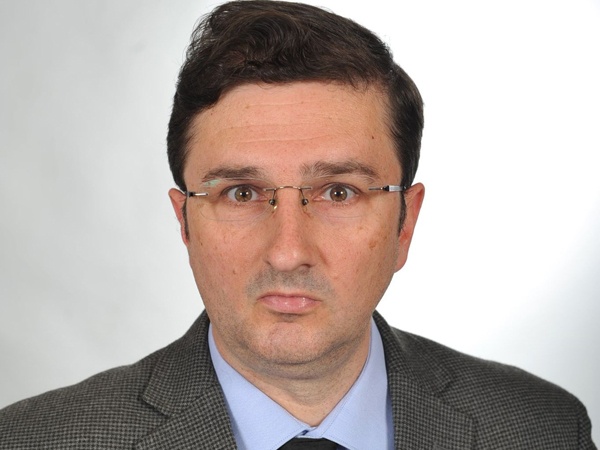RESITA – This is a 1.8 million euro project submitted by Resita City Hall in partnership with the Euroland Banat Association (EBA) and a Finnish organization. Thanks to this investment, the historic monument building, located on Str. Furnaces no. 13, where the Pittner School once operated!
EBA President Andrei Szabo told us about the project to restore the current ruin. The old Pittner School will become a modern cultural center. The deadline is April 2024. The building is venerable 150 years old and, in the first decades of the last century, served as a school during the period of economic and demographic expansion of Resita, as we learn from Andrei Szabo.
By 1900, schools had become too small for students. So Augustine and Helen Pittner, vocation-loving teachers, turned the ground floor of their home into a school. Then Mrs. Helen, born in 1889, went to heaven in 1928, with her husband taking the school tradition to retirement until the mid-1930s. August Pittner saw the light of day in 1879. His father, Johann Pittner (1845-1928), was the mechanic of the Szekul locomotive, produced in Vienna and brought as a model to the StEG Plants in Resita. From that moment, we have the image of the locomotive drawn by 36 pairs of oxen. After that locomotive, three more would be produced in Resita. The teacher lived until 1965. The people of Resita who caught him alive remember him as a man you loved to meet. Younger children know this from their parents or grandparents.
In ’48, the communists nationalized the teacher’s house and turned it into social housing. The Pittner family continued to live here until 1973, along with other families. It was inhabited until the 1990s by people who maintained it, but later tenants no longer cared about the condition of the building. It deteriorated more and more, but continued to be inhabited until 2017, although it had become a real danger to residents.
On one of the walls remained the sundial, one of the few still existing in Banat de Munte. A jewel in Andrei’s opinion, in an unexpectedly good condition as it needs reconditioning and a new rod with which to measure the time he seemed to be stubborn to resist.
“The building was built of materials based on natural elements: an alternation of river stone, raw brick, burnt brick and hardwood. Today we would define it as an ecological house. Specialists call such constructions by the term vernacular architecture. We insisted that the restoration be done as the house was built. The future cultural center will include painting, handicraft, photo-film, architecture-restoration-earth workshops, a library, a small museum, a hall for openings. Also, the courtyard of about 300 square meters will be able to host various events “, we learn from the EBA president.

RoCultura funding
The idea of restoration is older, but the project was approved in the fall of 2020. The EBA team and Resita City Hall were involved in the drafting, a special merit going to the architects Ioana Mihăiescu and Marius Mozoru. Funding comes from the European Economic Area Financial Mechanism, to which Norway, Iceland and Liechtenstein contribute, through the RoCultura Program, run by the Ministry of Culture. Currently, the mayor’s office is in charge of the tenders for the technical project and for the restoration works.
“The city also has other valuable buildings such as the synagogue near the Diaconovici-Tietz High School, the old steel school, the current cadastre headquarters, the Maria Zăpezii and renovated churches, the Friedmann House, the current library in Muncitoresc, Furnalul II or the management villas inside the Resita factories. . We run a caravan of information, awareness and education about everything that means cultural, industrial and natural heritage of Resita and the surrounding area. In this sense, we organize sessions, currently online, with pupils, students and other NGOs “, concludes Andrei Szabo.
EBA was founded in 2001 by a group of friends out of a desire to provide non-formal educational alternatives, to protect the cultural and natural heritage of the area, to promote tourism and cultural historic Banat. In the year in which Resita celebrates 250 years of unquenchable fire, the flame of glory of yesteryear is rekindled for one of the symbol buildings of fairytale times. The ruin will regain its luster defying time like the sundial left over from time immemorial peste
Source: caon.ro